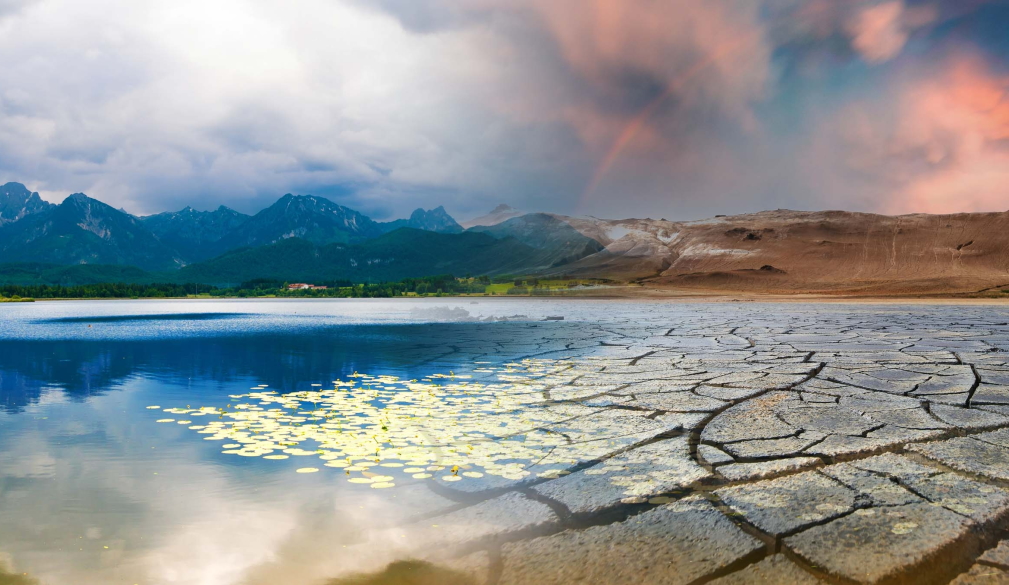As the Black Summer megafires neared, people rallied to save wildlife and domestic animals. But it came at a real cost
- Written by Danielle Celermajer, Professor of Sociology and Social Policy, University of Sydney

As the 2019-2020 megafires took hold across eastern Australia, many of us reeled at the sight of animals trying and often failing to flee. Our screens filled up with images[1] of koalas with burned paws and possums in firefighter helmets.
The death toll was staggering, estimated at up to three billion[2] wild animals killed or displaced. Millions more were severely injured. Tens of thousands of domesticated animals were killed[3] or had to be euthanised.
In fighting these fires, authorities focused almost entirely on protecting human lives and property, other than targeted rescue efforts[4] for the last remaining wild stand of Wollemi pine. The role of rescuing and caring for domesticated and wild animals fell almost entirely to community groups and individual carers, who stepped up to fill the gap at significant cost to themselves – financially, emotionally and sometimes even at a risk to their safety.
Our new research[5] draws on more than 60 interviews with wildlife carers and groups in the Shoalhaven region south of Wollongong in New South Wales. These people spontaneously organised themselves to care for thousands of domesticated, farm and wild animals, from evacuating them from fire zones to giving them shelter, food, water and healthcare.
The lengths our interviewees went to were extraordinary. But these rescue efforts were largely invisible to authorities – and, as our interviewees told us, sometimes even condemned as irresponsible.
What did our interviews tell us?
The standard view in Australia is that only humans matter in the face of bushfires. But the way affected communities reached out to save as many animals as they could shows many people think we ought to be acting differently.
One interviewee told about screaming for “her babies” as Rural Fire Service firefighters evacuated her. In response, the firies searched the house for human babies to no avail. When they found out she meant her wombat joeys, they laughed in relief. But to our interviewee, the joeys were like her babies. The joeys were safe inside her house.
People cared for a wide range of species, from horses, chickens, bees and cows to native birds, possums, wombats and wallabies. Despite this, we found common themes.
Many people felt the system had let them down when it came to protecting animals. This is why many of them felt they had to take matters into their own hands to ensure that animals survived.
As one interviewee told us:
one thing that you have to realise, is people’s animals are their children, and they are their life. If you let someone think that their animal isn’t safe, they will put themselves in danger to try and get to that animal or save that animal […] That’s one thing the firies — you know, if they’re not an animal compassionate person, they don’t get that.
While some guidance on disaster preparation talks about how to protect pets such as cats and dogs, wildlife carers, farmers and horse owners often found themselves facing incoming fires with little or no information or support.
People also told us about a lack of information on how to care for different types of animals during disasters. Information was often nonexistent or hard to locate, making decision-making during the crisis very difficult.
As one farmer told us:
there’s not any information on realistically what you do with your animals in a case of […] a massive disaster. I mean, it’s like someone said about cutting the fences. But now you’ve got stocking cattle running through the bush and they don’t know where the fire’s going to turn or what’s going to happen.
The needs of animals differ significantly. It’s harder to find shelter for a horse than a smaller animal, for instance. Wildlife being cared for already need assistance, due to being orphaned, injured or ill. It’s harder to evacuate injured animals or joeys who need regular feeding than it is to evacuate healthy adult animals.
Our interviewees reported price spikes for transport, food, temporary fencing and medicines during the 2019-2020 emergency season. Caring for animals always comes with costs, but the cost burden intensified over the Black Summer and afterwards.
Caring for animals came with another cost too, to mental health. Many of our interviewees told us they still felt traumatised, even though our interviews were two or three years after the fires.
As one interviewee told us:
the people at Lake Conjola […] said it was like an apocalypse. They said there was dead birds dropping out of the sky. Kangaroos would come hopping out of the bush on fire […] I know it really heavily affected most people on the beach, the horrific things that they saw.
Despite facing a lack of formal support and with limited information, people organised themselves very quickly into networks to share access to safe land, transport, food, labour and information. Dedicated people set up social media groups to allocate tasks, call for help and so on. This unsung animal rescue effort was almost entirely driven by volunteers.
What should we do before the next megafires?
Australia will inevitably be hit by more megafires, as climate change brings more[6] hot, dry fire weather and humidity falls[7] over land.
What would it mean to include animals in our planning? To start with, more and better information for wildlife carers, farmers, pet owners and the wider community. It would mean directing more funds to animal care, both during and after disasters, and including animal care in local, state and federal disaster planning. It would mean improving communication networks so people know where to go.
To this end, we developed a new guide[8] for communities wanting to be better prepared to help animals in the next disaster. We prototyped an app[9] designed to help communities organise themselves in order to help animals during disasters.
The scale of the Black Summer fires found governments and communities largely unprepared. But we are now in a position to learn from what happened.
As authorities prepare for the next fires, they should broaden how they think about disaster preparation. Our research suggests[10] disaster planning needs to take place at a community level, rather than a focus on individual households. And vitally, authorities need to think of communities as made up of both humans and animals, rather than just humans.
References
- ^ with images (www.theguardian.com)
- ^ three billion (www.sydney.edu.au)
- ^ were killed (onlinelibrary.wiley.com)
- ^ targeted rescue efforts (www.smh.com.au)
- ^ new research (link.springer.com)
- ^ brings more (theconversation.com)
- ^ humidity falls (theconversation.com)
- ^ new guide (ses.library.usyd.edu.au)
- ^ an app (bit.ly)
- ^ suggests (doi.org)




















